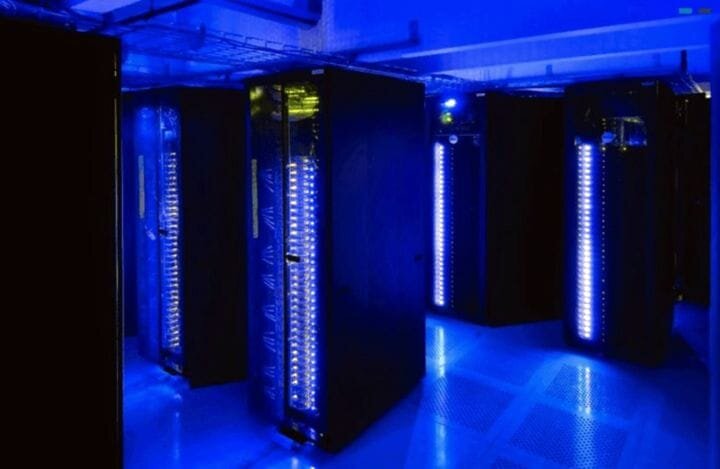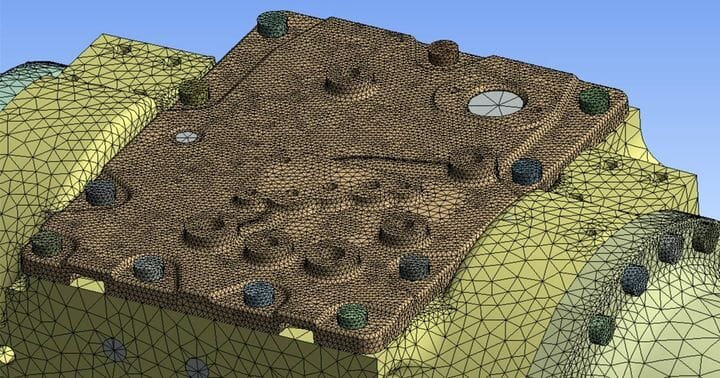
You might value the perfect simulation model, striving for perfection—an engineering ideal if ever there was one.
“Perfection is the enemy of the good,” grumbles your manager, misquoting Voltaire as he studies his group’s time sheets. Was all the time spent simplifying the model worth it? The manager knows that time is money, but do his engineers? They’re busy removing design details so they don’t tie up the computer. Defeaturing takes them hours, days…. Or they obsess over tiny cells in a fluid model where the flow is not critical, manually adjusting the mesh.
But all the time spent making the model fits, solves in time, and doesn’t blow up their workstations. All the time the clock is ticking. And time is money, after all.
Was It Worth It?
The manager is continually reminded of the amount of compute power available—especially on the cloud. It’s downright staggering. Expensive high performance computing (HPC) doesn’t have to be bought—there’s no budget hit. You merely rent the computers as needed. Maintaining them is someone else’s headache.
Why not let the cloud computers grind away at a problem—rather than your engineers? Use the CAD geometry as is, rather than simplify it? So what if every detail is meshed? It’s pennies per hour. So cheap you can let your engineers do more simulation. Go ahead and take time into account with transient and turbulent solutions, explore fatigue, go nonlinear, explore a dozen alternate designs.
Is It Comfortable Outside?
Engineers have grown comfortable with their workstations. Going outside, even if it means HPC, may be not as comfortable. It’s going to take some reassurance before engineers will let go of their trusted workstations.
But a fascination for top gear may do the trick. An HPC configuration may be the next best thing to a Cray supercomputer, the Ferrari compared to the sensible and practical Toyota. We can’t afford to buy you a Ferrari, but what if you could drive one whenever you want?
What Is HPC?
Basically, HPC is a network of computers that is optimized for calculations using industrial-strength microprocessors, CPUs and/or GPUs, parallel architecture, high-speed memory, and special network software. More details about what constitutes HPC can be found in our previous article High-Performance Computing 101.

HPC can be inside, or commonly called on premise in the business, or outside your company, most commonly now in the cloud. In a recent survey of over 600 engineers and their managers sponsored by ANSYS, about a hundred of them (17 percent) were using the cloud for engineering simulation. But an additional 20 percent were planning to do so over the next 12 months.
HPC, of Cores
HPC is good for simulation because of the number of cores that can be used for calculation. A core, or CPU core, is like the brain of a CPU. CPUs can have multiple cores. The ThinkPad X1 used to create this article has an Intel CPU with 4 cores. The Lenovo ThinkPad P1 mobile workstation CPU has 8 cores. An HPC configuration can have hundreds of cores.
Read more at ENGINEERING.com

